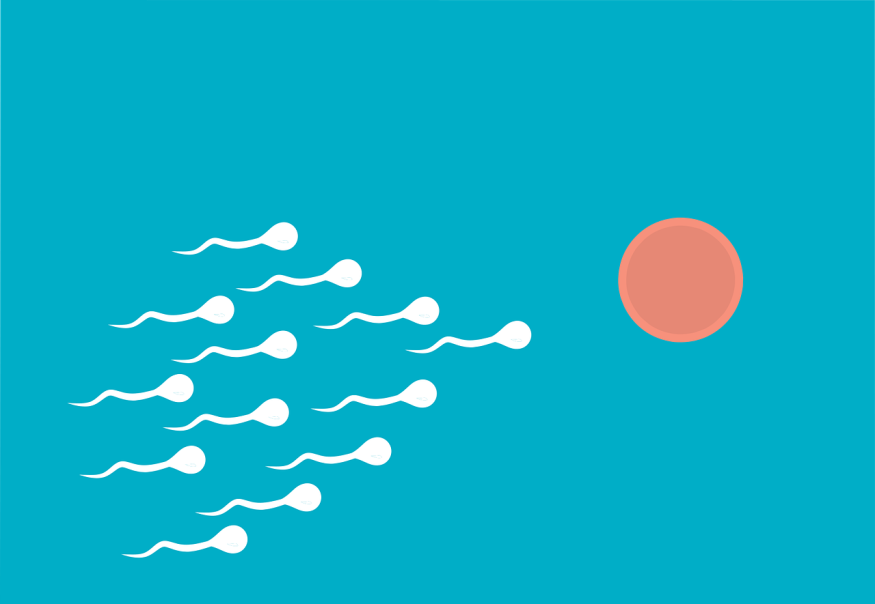A new study shows that the bull sperm can swim more effectively when in clusters compared to when alone. Their findings offer insights into fertility in humans. In the simulated reproductive tract of cattle and humans, those swimming groups of bovine sperm have higher chances of outpacing meandering loners as they race toward the egg cell.
Physicist Chih-kuan Tung, one of the study authors, said that the benefits of clustering are not only because of speed as they are comparable or slower than the sperm traveling alone. They discussed their "Biological Benefits of Collective Swimming of Sperm in a Viscoelastic Fluid" study in Frontiers in Cell and Developmental Biology.

Benefits of Cooperative Sperm Swimming
Science News reports that the team wanted to know the possible biological benefits of the collective behavior via a series of experiments using bovine sperm, which is a good model for the human variety, and a microfluidic device that mimics the conditions inside a female reproductive tract.
They observed how the sperm would form groups in the viscoelastic fluid compared to other flow scenarios. They pointed out that lone sperm would follow curved paths, but sperm in a group of two or more swim straighter routes that are shorter and an easier way to the eff cell.
The same researchers have shown in a previous study that tracked sperm swimming in stationary fluids reveal that swimming in groups would only help if they happen to be going in the right direction.
Bovine and human sperm make their way to the ovum by swimming against the current of mucus in the cervix and away from the uterus. The researchers created an analog in their laboratory that mimics the conditions inside the female reproductive tract.
They found that the clusters of sperm did a better job heading upstream into the mucus flow, whereas the lone sperm was more likely headed off in other directions. Despite being faster, the lone sperm has a poorer ability to swim upstream, which hampers their progress compared to the slower group of sperm.
When researchers also turned up the flow in their apparatus, many individual sperm were washed away, but the clusters stayed the course despite the rapidly flowing mucus as they are less likely to get swept downstream.
READ ALSO : Male Fertility: Increased Chemical Exposure, Lifestyle Changes Cause Sperm Quality in the US to Decline
Sperm Motility Affects Fertility
Sperm motility is important in fertility as it refers to the ability of sperm to move efficiently. According to Medical News Today, sperm motility plays a key role in how sperm move through the female reproductive tract to fertilize the egg cell. That means poor sperm motility is a factor in male infertility.
About 60 to 8- million couples worldwide are affected by infertility, and rates may vary from country to country. In the US, it is around 10% of couples based on the definition as the inability to conceive after 12 months of trying.
The male factor of infertility accounts for 40% to 50% of infertility cases and is usually the result of deficiencies in the semen, such as low sperm count or oligospermia, poor sperm motility, abnormal sperm shape, or teratospermia. Low sperm count causes about 90% of male infertility, but poor sperm motility is also a factor.
Researchers of the new study said that studying the advantages of clustering should also apply to human sperm. They hope that this knowledge can help doctors make better diagnoses.
RELATED ARTICLE: Sperm Transport in the Genital Tract Shown in Computer Simulation Identify Key Factors for Successful Reproduction
Check out more news and information on Fertility in Science Times.













